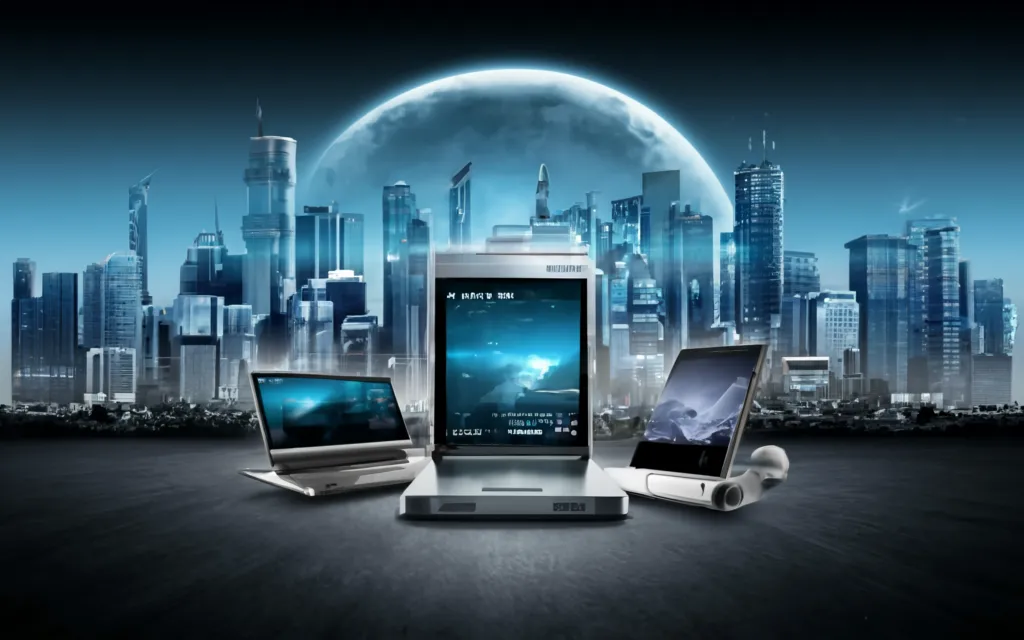
Introduction
In the realm of technological advancements, ITP (Intelligent Transportation Systems) technology stands out as a revolutionary approach designed to enhance the efficiency and safety of transportation systems. This article delves into what ITP technology is, its evolution, innovations, applications, and its broader impact on society.
What is ITP Technology?
ITP technology encompasses a variety of interconnected systems and tools aimed at improving transportation efficiency. It integrates communication technologies, data analytics, and automated processes to facilitate smarter traffic management and transportation logistics. This innovative approach not only enhances the flow of vehicles but also contributes to reducing congestion, lowering emissions, and improving overall safety on the roads.
The Basic Principles of ITP Technology
At its core, ITP technology relies on several key principles:
- Data Integration: Gathering and analyzing real-time data from various sources, including vehicles, traffic signals, and sensors. This data is crucial for understanding traffic patterns and making informed decisions.
- Communication: Enabling seamless communication between vehicles, infrastructure, and central systems to optimize traffic flow. This communication can also extend to pedestrians and cyclists, promoting a holistic approach to urban mobility.
- Automation: Implementing automated processes for traffic management, which reduces human error and enhances efficiency. Automation can lead to quicker response times in emergencies and better allocation of resources during peak traffic hours.
Key Components of ITP Systems
Several critical components underpin ITP technology:
- Traffic Management Centers: Central hubs that monitor and control traffic flow in real-time. These centers utilize advanced algorithms to predict traffic conditions and implement strategies to mitigate congestion.
- Sensor Networks: Technologies such as cameras and radar that detect vehicle movement and traffic conditions. These sensors are often coupled with machine learning systems to improve their accuracy and predictive capabilities over time.
- Vehicle-to-Infrastructure (V2I) Communication: Enables vehicles to communicate with traffic signals and other infrastructure to optimize routes. This interaction can also provide drivers with real-time information about road conditions, accidents, or alternative routes, enhancing their travel experience.
Moreover, ITP technology is increasingly incorporating artificial intelligence (AI) to analyze vast amounts of data collected from various sources. AI algorithms can identify trends and anomalies in traffic patterns, allowing for proactive measures to be taken before congestion occurs. This predictive capability is essential for urban planners and traffic engineers as they strive to create more efficient transportation networks that can adapt to changing conditions.
Another significant aspect of ITP technology is its potential to enhance sustainability in transportation. By optimizing traffic flow and reducing idle times, ITP systems can contribute to lower fuel consumption and decreased greenhouse gas emissions. Furthermore, the integration of electric vehicles into ITP frameworks can facilitate the development of smart charging stations, ensuring that these vehicles are charged efficiently and sustainably while on the move.

The Evolution of ITP Technology
The journey of ITP technology began several decades ago, with early experiments aimed at addressing traffic congestion and safety issues. Over time, these efforts have evolved into sophisticated systems that significantly enhance modern transportation.
Early Developments in ITP
In its infancy, ITP technology focused primarily on basic traffic signal control and incident detection systems. The integration of analog systems laid the foundation for what would later become a network of interconnected digital solutions. These early developments demonstrated that technology could play a crucial role in managing traffic flow and improving safety.
Modern Advances in ITP
Today, ITP technology has experienced remarkable growth, driven by advancements in computer science and telecommunications. Innovations include:
- Real-time traffic monitoring systems powered by AI algorithms.
- Advanced routing software that uses historical data to predict traffic jams.
- Smart parking systems that guide drivers to available spots, reducing congestion.
Read More: The Impact of Retreat Behavioral Health Death Cases
Innovations in ITP Technology
As technology continues to evolve, ITP systems are becoming increasingly sophisticated, offering new solutions and insights into transportation challenges.
Cutting-Edge ITP Tools and Techniques
Several innovative tools have emerged within ITP technology, such as:
- Enhanced Geographic Information Systems (GIS): For real-time mapping and data visualization.
- Machine Learning: Used for predictive analytics in traffic forecasting.
- Autonomous Vehicles: Integrated into ITP systems for improved navigation and traffic management.
Future Predictions for ITP Innovations
The future of ITP technology looks promising, with ongoing research and development projected to yield exciting advancements. Trends to watch include:
- Greater integration of IoT devices to collect and analyze transportation data.
- Enhanced safety measures through vehicle-to-vehicle (V2V) communication.
- Increased focus on sustainability to reduce the environmental impact of transportation.
Applications of ITP Technology
ITP technology has a wide range of applications across various fields, demonstrating its versatility and importance.
ITP in the Medical Field
The medical sector utilizes ITP technology for efficient emergency response systems. Emergency vehicles equipped with ITP systems can receive real-time traffic data, allowing them to choose the quickest routes to hospitals, thus potentially saving lives.
ITP in Environmental Science
In environmental science, ITP technology is used to monitor pollution levels and optimize routes for public transport, helping to reduce emissions and enhance air quality. By employing data analytics, cities can develop more sustainable transportation solutions.
ITP in Industrial Processes
Industries leverage ITP systems for logistical optimization, enhancing supply chain efficiency. By integrating ITP technology, businesses can track shipments in real time, manage inventory effectively, and predict delays before they affect operations.
The Impact of ITP Technology
The influence of ITP technology extends beyond operational efficiency; it also has significant societal and environmental implications.
Benefits and Advantages of ITP
One of the most significant benefits of ITP technology is enhanced safety on the roads. By improving traffic management, ITP systems can reduce the likelihood of accidents. Additionally, these technologies help decrease congestion, leading to lower fuel consumption and reduced travel times.
Challenges and Limitations of ITP
Despite its advancements, ITP technology faces challenges, including:
- High implementation costs for infrastructure upgrades.
- Data privacy and security concerns related to the collection of personal information.
- Interoperability issues with existing transportation systems.
Conclusion
ITP technology is at the forefront of transforming how we manage transportation systems. With continuous innovation and applications across various sectors, ITP is poised to make a lasting impact, enhancing safety and efficiency for years to come.








